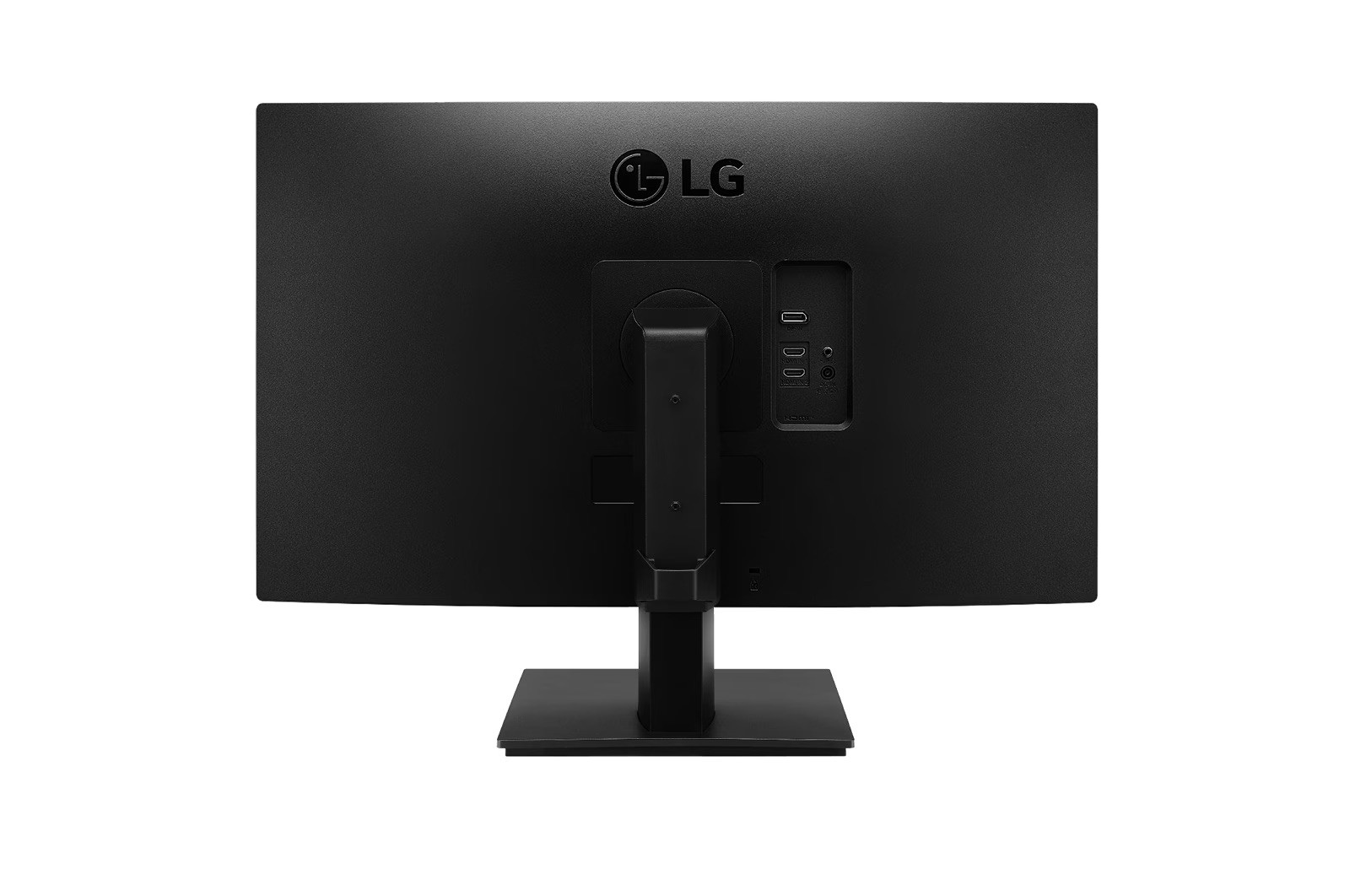























£229.86*
- Resolution 2560 x 1440 QHD / WQHD
- Diagonal 27"
- Panel type IPS
- Refresh Rate 75Hz



Product information
The LG 27BN65QP-B monitor offers an impressive combination of razor-sharp picture quality, realistic colour reproduction and innovative features that are ideal for both demanding gamers and content creators. With a 27-inch diagonal screen size and state-of-the-art IPS technology, this monitor ensures an optimal viewing experience from almost any angle. It also stands out thanks to its support for HDR10 and AMD FreeSync™, making it a versatile all-rounder for work and leisure.
The most important technical data at a glance:
- Display size: 27 inch (68.6 cm)
- Resolution: QHD (2,560 x 1,440)
- Panel type: IPS
- HDR: HDR10-compatible
- AMD FreeSync™ for smooth graphics
- Features: Flicker Safe, Reading Mode, Dynamic Action Sync, Black Stabiliser
- Connection options: HDMI, DisplayPort
- Ergonomics: Height-adjustable, tiltable, almost borderless design
QHD resolution and IPS technology - detailed images from every angle
The LG 27BN65QP-B monitor impresses with its QHD resolution (2.560 x 1,440), which enables a precise and sharp display of content. The IPS technology ensuresbrilliant, true-to-life colours and guarantees consistently high picture quality from every viewing angle. Whether you're working, playing games or watching movies, the colour reproduction is always consistent and realistic.

HDR10 - For breathtaking contrast and colour brilliance
Thanks to HDR10 support, this monitor stands out from conventional displays. With detailed contrast and specific colour and brightness levels, the monitor offers a vivid, dynamic picture that meets the visual requirements of content creators and entertainment enthusiasts. Experience films, games and videos in breathtaking quality.
AMD FreeSync™ and gaming features - a smooth gaming experience
The monitor offers several attractive features for gamers. The AMD FreeSync™ technology ensures a particularly fluid and smooth gaming experience by minimising screen tearing and delays. Dynamic Action Sync also reduces input lag so you can react to your opponents at lightning speed. The Black Stabiliser helps you to keep an overview even in dark game scenes and detect hidden enemies early on.

Flicker Safe and Reading Mode - Eye-friendly technology for long periods of use
The LG 27BN65QP-B is equipped with Flicker Safe, which almost completely eliminates flickering on the screen. In combination with the reading mode, which reduces theamount of blue light, visual comfort is significantly improved. These features allow you to work or read for hours without visual fatigue.
Elegant design with high functionality
In addition to its outstanding technical features, the LG 27BN65QP-B also impresses with its elegant design. The almost borderless screen on three sides and the slim, height-adjustable stand blend seamlessly into any working environment. The ability to adjust the tilt of the monitor provides additional comfort for everyday use.

The LG 27BN65QP-B combines state-of-the-art technology, ergonomic features and elegant design - ideal for users who don't want to compromise on picture quality and comfort.
Technical data
| Name | LG 27BN65QP-B 27" IPS Monitor, 2560 x 1440 QHD / WQHD |
|---|---|
| Article number | 1000033169 |
| GTIN/EAN | 8806091970572 |
| Manufacturer SKU | 27BN65QP-B.AEU |
| EPREL ID | 1350383 |
| Model name | 27BN65QP-B |
| Brand | LG |
| Product Type | Monitor |
| Product Series | LG Business Series |
| Panel type | IPS |
| Resolution | 2560 x 1440 QHD / WQHD |
| Diagonal | 27" |
| Aspect Ratio | 16:9 |
| Viewing angle - Horizontal | 178° |
| Viewing angle - Vertical | 178° |
| Contrast Ratio | 1,000 :1 |
| Max. Brightness | 350 cd/m² |
| Response time | 5ms |
| Refresh Rate | 75Hz |
| Support - VESA | 100 x 100 |
| Inputs | 1x Displayport , 2x HDMI , 3x USB-A |
| Product width | 61.35 cm |
| Product height | 36.35 cm |
| Product depth | 4.54 cm |
| Weight | 7 kg |
| Colour | Black |
| EEK Spectrum | A to G |
| Energy efficency class | F |
| Condition | New |
| Warranty | 36 Month |
| Warranty type | Swap service Service and support information |
Product safety
| Person responsible for the EU |
|---|
| LG Electronics Deutschland GmbH |
| Alfred-Herrhausen-Allee 3-5 |
| 65760 Eschborn |
| Germany |
| info@lge.de |



